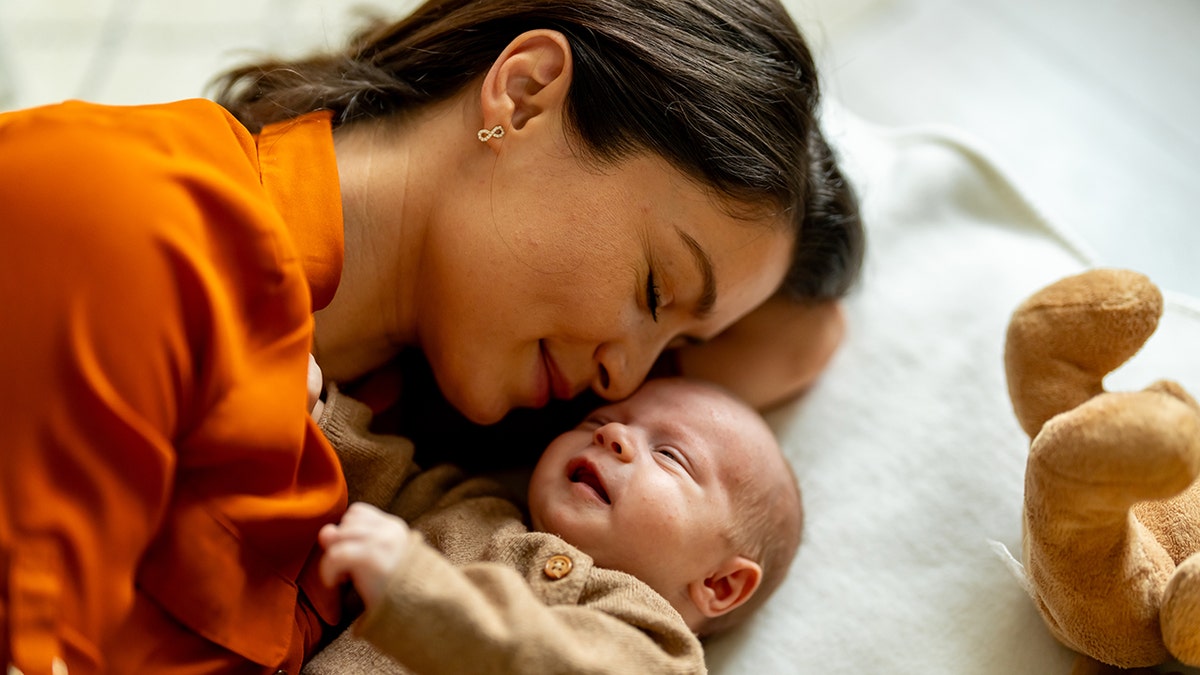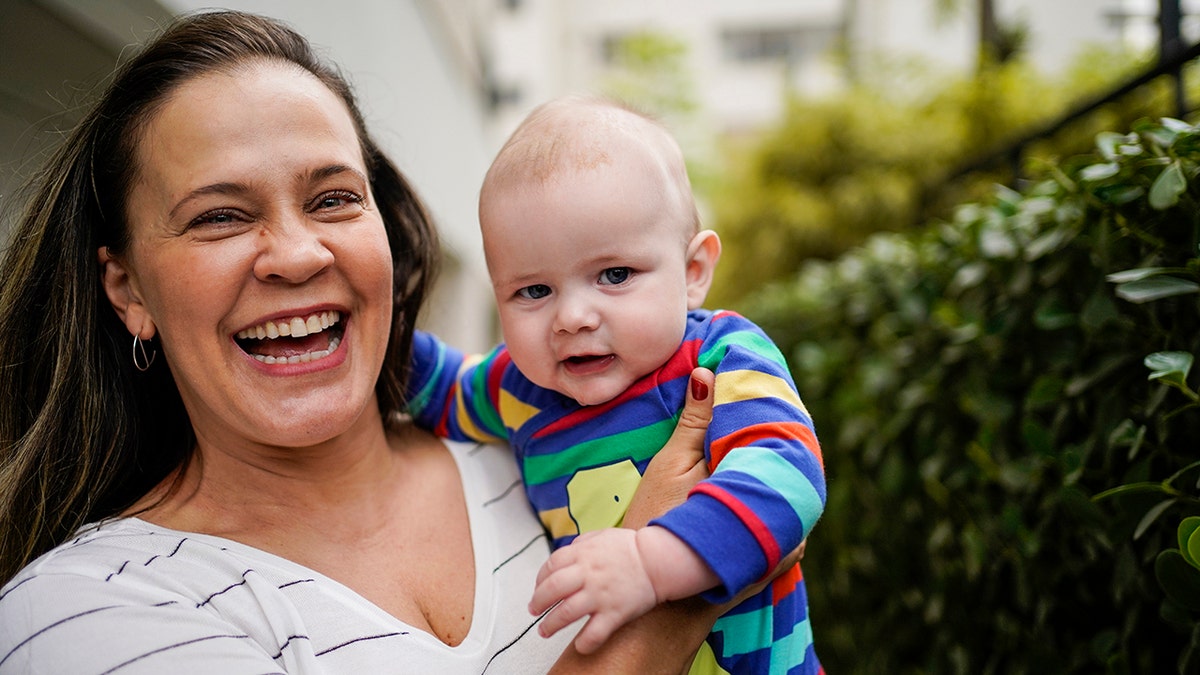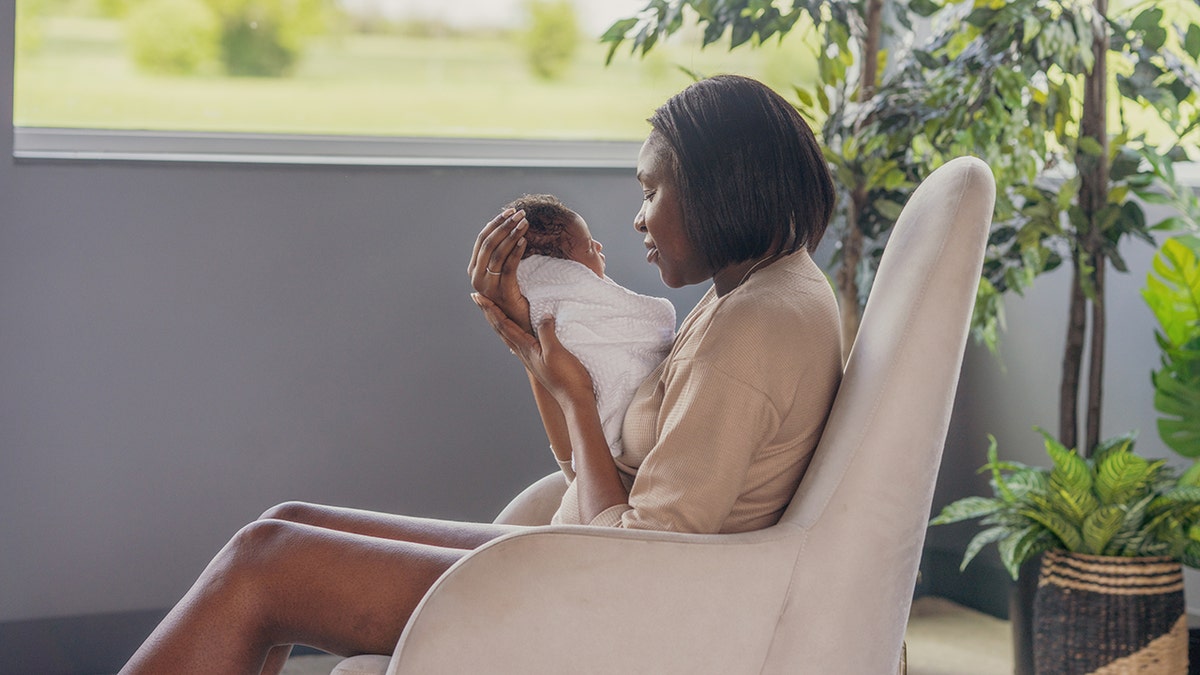The adolescent pregnancy epidemic could be decreasing, they suggest data.
For the first time in the history of the United States, more women over 40 have children compared to adolescent mothers, according to new data from disease control and prevention centers (CDC).
This reflects the trend of more Americans who choose not to have children or postponing them until later.
Americans have fewer babies, since the birth rate reaches historical decline, CDC reveals
The total number of births in the United States decreased by 14% between 1990 and 2023, according to the March 2025 report.

Birth rates between women over 40 increased by 193% between 1990 and 2023. (Istock)
During this time, birth rates among women under 20 years decreased by 73%, marking the most pronounced percentage of all age groups.
This resulted in a decrease of one in eight births of adolescents in 1990 to one in 25 in 2023.
Women between 20 and 24 also had 44% less births from 1990 to 2023, while 23% fell among young people aged 25 to 29.
The freezing of eggs is ‘exploiting’ among some age groups; This is what women should know
The number of births between women aged 30 to 34 increased by 24%. Women between 35 and 39 experienced a 90% increase in births.
The 40 -year -old women marked a new high for birth rates, seeing a 193% increase from 1990 to 2023.

Adolescent birth rates have decreased from one in eight births of adolescents in 1990 to one in 25 in 2023. (Istock)
In 1990, women over 40 accounted for 1.2% of births. In 2023, that percentage had increased to 4.1%.
Women over 30 accounted for more than half of the births (51.4%) in 2023, compared to only three in 10 births in 1990.
CDC found that these specific age changes caused a change in maternal age distributions.
Pregnant women struggle to find attention in ‘maternity deserts’, discover a new study
In 1990, women under 30 represented seven in 10 births (69.8%). But in 2023, this age group represented less than one in two (48.6%).
“The magnitude of the decrease in birth rates among women under 30 years of age was older than the magnitude of the increase in rates between women 30 years or older, which resulted in a decrease in general fertility rates,” said the CDCs in the report.

Women over 30 accounted for more than half of the births (51.4%) in 2023. (Istock)
“The decrease in fertility rates in recent decades results from the decrease in rates between women under 30, along with smaller increases in rates among older women.”
Dr. Ashley Wiltshire, of the Fertility Center of Columbia University, in New York, commented this change of fertility in an interview with Fox News Digital.
Click here to register in our health newsletter
“This change is probably due to the combination of advances both in contraception methodologies and in assisted reproduction technology (art),” he said.
“The objective of both entities is to improve general reproductive autonomy for all women, those who do not want to conceive for those who do it.”

An expert commented that advances in contraceptives and assisted reproduction technologies have allowed this fertility change. (Istock)
This includes people seeking single paternity, those of same -sex relationships and those who delay motherhood for personal or medical reasons, Wiltshire added.
For more health articles, visit www.foxnews/health
As the freezing and embryo banking of eggs become more popular among women between 20 and 30 years, Wiltshire agreed that these methods can “greatly increase the probabilities of an individual to conceive at later ages.”
Click here to get the Fox News application
“In addition, the donor egg is also a commonly used treatment option that can significantly improve the chances of pregnancy and life later in life,” he added.


